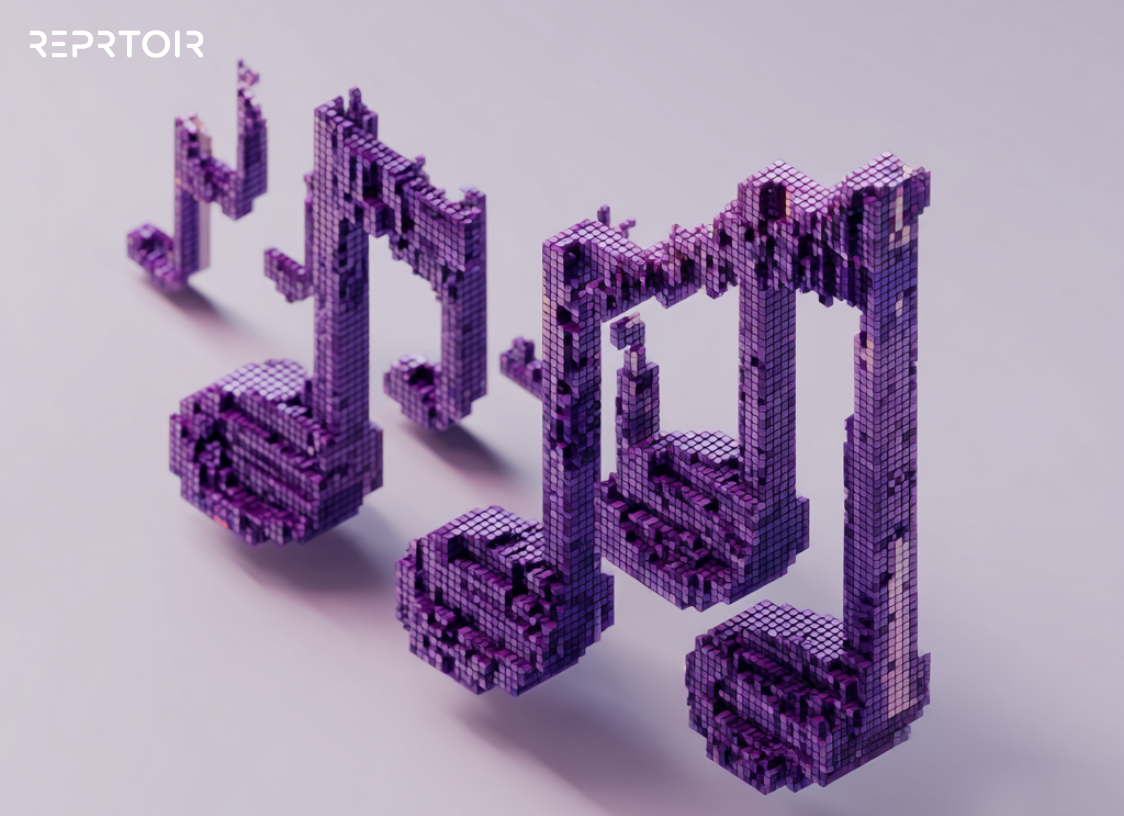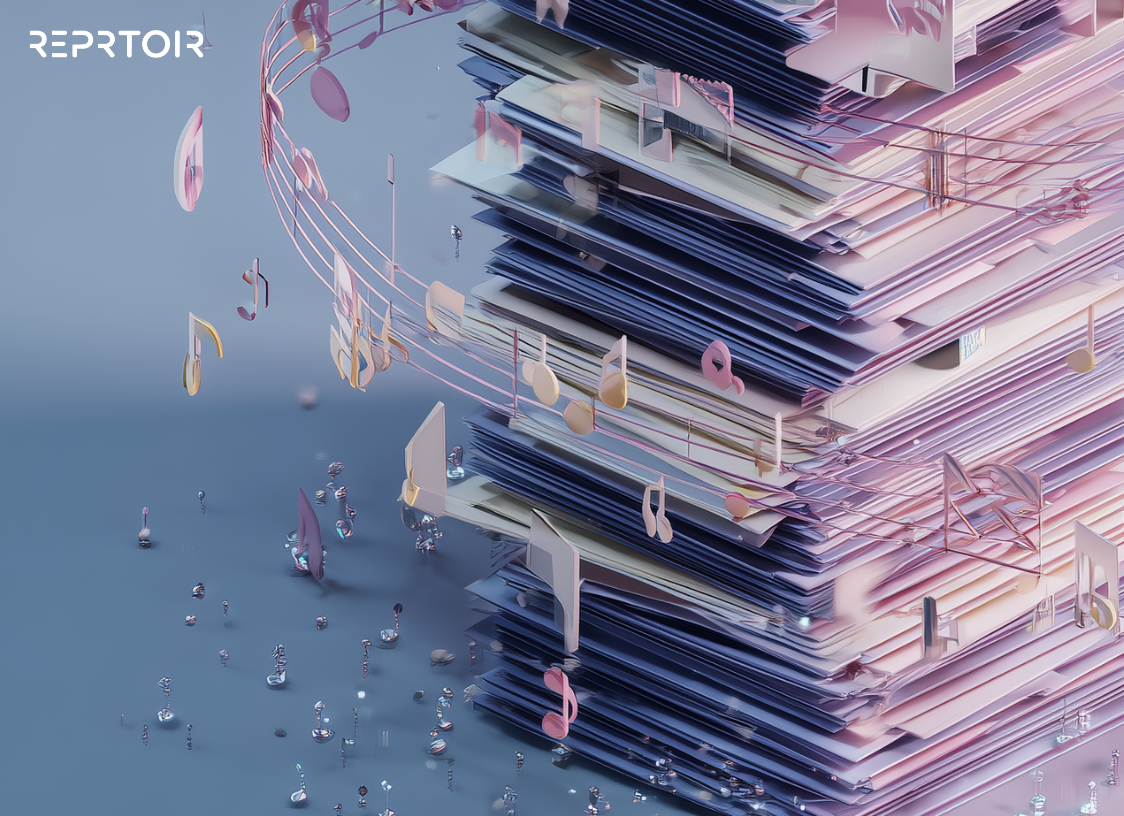Google launched YouTube ContentID in 2007 to tackle the growing problem of copyrighted content on YouTube.
Since 2007, the music industry has developed enormously digitally, and YouTube plays a critical role. Unfortunately, online piracy—especially in the music industry—has grown since then. As a result, musicians and music businesses must do everything to prevent copyright infringement.
In this article, we’ll look deeper at YouTube ContentID and how it affects the music industry today and going forward:
What Is YouTube ContentID?
Google ContentID is a critical aspect of YouTube’s copyright detection process. Launched in 2007 as YouTube became a popular platform—YouTube ContentID is now an essential tool for music businesses. The tool protects intellectual property and ensures music companies receive adequate compensation for their creative output.
Likewise, YouTube ContentID scans all content uploaded onto YouTube and compares it to their database of copyrighted musical material. If they find a match, the content owner has two choices: take down the video or demonetize it. In turn, many YouTube creators choose music sites like Epidemic Sound—which offers copyright-free music—for their videos.
YouTube ContentID is a highly effective tool for online piracy. Before YouTube released it, it was challenging for music companies to track copyright infringement, leading to many legal issues and lost income.
In addition, YouTube ContentID is fantastic at finding online piracy in remixes, cover songs, and mash-ups, which are traditionally very challenging to track for online piracy.
The Benefits Of YouTube ContentID for the Music Industry
Google ContentID has become a godsend for the music industry, even though there are some downsides. Here are the main benefits of YouTube ContentID for the music industry:
Monetization Options
The most significant benefit of YouTube ContentID for music companies is monetization because it offers a way to make money from user-generated content featuring copyrighted music.
For instance, many YouTube creators include cover songs, remixes, and mash-ups in their content. That’s no longer a worry for music companies because YouTube ContentID will find these videos and provide an additional source of revenue for music businesses.
More Protection
Protecting IP is critical in the music industry, and YouTube ContentID provides an extra layer of protection to ensure music businesses receive the right compensation and protect their work. Furthermore, protecting IP in the first place can prevent any legal cases in the future, which can be expensive for music businesses.
Extensive Data
All musicians and music businesses require detailed data when building their businesses, and YouTube ContentID provides precisely that. In turn, companies can use this data to create suitable marketing strategies, spot the latest trends, and track the performance of individual songs.
Better Efficiency
As a musician or music business, you want to streamline your processes to ensure maximum efficiency. Thankfully, YouTube ContentID automates the process of finding copyrighted material. As a result, this saves time and the extensive resources required to enforce copyrighted music content.
More Control
By allowing companies to choose whether to take the content down to place ads on the video, YouTube ContentID gives music businesses greater control over their content. This advantage puts the control back with the music companies instead of third parties.
How YouTube ContentID Claims Work
YouTube ContentID has a simple claims process for music companies, and that’s why the software has become so critical to music businesses. If the software finds a copyright match, it follows this process to take down the video or monetize it:
Content Identification
YouTube ContentID scans the video and audio of YouTube videos and compares them to their database of copyrighted material; this is highly beneficial for music companies because finding copyrighted material is the most challenging aspect of the process.
Matching
ContentID—if it finds a match—will generate a claim and send it to the content owner. During this process, it will accumulate all the details about the copyrighted material, including the song title, the length of the song, and the artist.
Action
Now, the content owner has a decision to make: whether to take the video down or monetize it by adding adverts to the video. If the content owner chooses to monetize the video, they will get a share of the revenue generated by the ads.
Counter Notification
A content creator can claim if they deem the copyright claim unjust. In some cases, they will do that. If so—the content creator will start a review process. If the review finds the claim invalid, YouTube will reinstate the video.
The Limits of YouTube ContentID
Although ContentID has been largely reliable and effective, it hasn’t always been correct—and music companies have often filed false claims. In addition, YouTube ContentID has many limits that don’t always protect the music business from copyright infringement.
Here are some of those limits:
Limited to YouTube
One of the leading issues with YouTube Content ID is how it’s limited to YouTube only. Although YouTube is the major video platform, it’s not the only place creators may use copyrighted music. TikTok, for instance, is a hugely successful video platform. As a result, Content ID can’t always protect musicians from copyright problems on the internet.
Audio and Video Only
Another major limitation of ContentID is how it only works for audio and video formats. It can’t find copyright material in text, images, and other formats.
Limited to Registered Users
A user must be a registered YouTube partner to use YouTube Content ID. Therefore, smaller content creators that aren’t registered with the platform may not have access to the content ID and copyrighted material.
Only Works On Specific Content Types
Another issue with YouTube ContentID is that it’s excellent for finding copyrighted music, videos, and sound recordings. However, it’s not as effective at finding copyrighted memes or parodies—two things that have become highly popular on social media this decade.
The Problems You May Face From a YouTube ContentID Claim
A YouTube ContentID claim isn’t the end of the world for creators, but it can cause many unwanted consequences. Here are some of the main problems:
Loss of Money
Receiving a copyright claim on your video could mean you lose money because you have to split the ad revenue with the content owner. Unfortunately, this will cause a drop in revenue for your YouTube Channel—a nightmare for most content creators with small to medium size channels.
Removed Videos
If the content owner chooses to remove the video, there’s nothing you can do about it: you’ve lost the right to place that video on YouTube. That can cause a loss of subscribers, views, and overall revenue.
A Copyright Strike
A copyright strike is almost always a nightmare for content creators. If you receive numerous strikes on your channel, YouTube can give you severe consequences—including channel termination, loss of access to monetization, and lower engagement on your channel. After all the hard work building your channel, this is the last thing you want or need.
Damaged Reputation
Your channel must always maintain a healthy reputation to keep growing. If your channel receives ContentID claims, it can brutally damage your reputation as a content creator, resulting in lower trust and engagement.
Final Thoughts from Reprtoir
YouTube ContentID is a fantastic tool; there’s no doubt about that. Although it has many limitations, it’s generally highly effective for finding copyrighted music.
It allows you to protect your IP, collect the right earnings from your creativity, and avoid unwanted legal issues down the line. Sure, there are alternatives—but you can use numerous tools to secure your music copyright.
To stay ahead of the online piracy and copyright curve—you must keep up with the latest trends in the digital world.
If you're looking for software to help manage your music rights, revenues, and operations, Reprtoir has the software for you.
We offer creative software for music businesses and musicians to simplify processes and pave the way to tremendous success.










